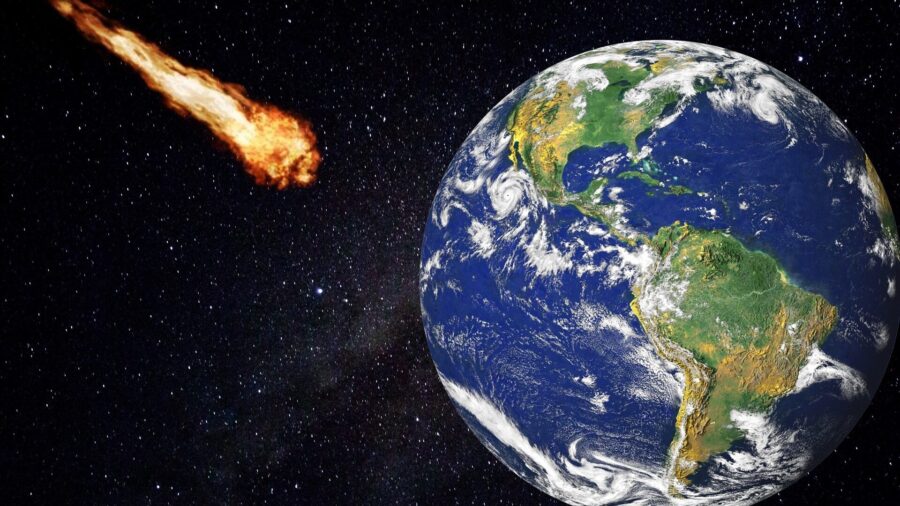Massive Asteroid Heading In Earth’s Direction
Fire up those Ataris and get Missile Command going!

Do we need to call Leonardo DiCaprio and Jennifer Lawrence to do a press tour? Does Ben Affleck need to get in a rocket with some oil drilling tools? Are we about to find out whether or not Meryl Streep actually has that back tattoo? We can’t answer any of those questions, but we can tell you there’s an asteroid that NASA says will be within “potentially hazardous” distance from Earth and it’s happening this week.
But, let’s be clear what we mean when we say “potentially hazardous.” As Science Alert explains, the asteroid in question — with the catchy name of 7335 (1989 JA) — will come within 2.5 million miles of Earth. In other words, at its closest to Earth, the asteroid will be about 10.5 times as far away from us as the Moon is. No one needs to call the Pentagon or start building bunkers. But, NASA has classified its distance as “potentially hazardous” because if something should somehow change its course, then there could be some potential for concern. The rock is over a mile in diameter and is traveling over 47,200 miles per hour. So while it isn’t headed toward us, if it were heading in our direction it would not be cause for global celebration.
Science Alert says 7335 (1989 JA) is classified by NASA as a near-Earth object (NEO), but again “near” is relative here. An NEO is any space object within 30 million miles of our own orbit. Of all the NEOs NASA tracks the 7335 (1989 JA) asteroid is one of the largest — bigger than 99 percent of the other NEOs. Its orbit will bring us to its closest distance from us this Friday, May 27. So, you know: just in case, make sure you catch the premiere episode of Obi-Wan Kenobi as early as you can. Maybe get Thursday night tickets for Top Gun: Maverick or The Bob’s Burgers Movie.
While NASA doesn’t expect any issues with the asteroid that will be passing by at the end of this week, that doesn’t mean they’re sitting on their hands when it comes to the question of potential collisions. As reported by Live Science, in November a SpaceX Falcon 9 rocket launched from California’s Vandenberg Space Force Base carrying with it NASA’s Double Asteroid Redirection Test (DART). The DART is on its way to Dimorphos, the orbiting moonlet of the asteroid Didymos. Didymos is not considered a threat to Earth, but NASA is using the opportunity to test ways to deflect NEOs that could pose a threat to us.
Not everything heading toward Earth is tracked quite as well as we can track the 7335 (1989 JA) asteroid and other more well-known NEOs. In fact, back in March an asteroid that ended up exploding with the force of 2,000 tons of TNT in our atmosphere was detected only a few hours before impact. Thankfully, as opposed to 7335 (1989 JA), the March asteroid was only two meters wide, so there would be no need to employ Armageddon or Deep Impact strategies.











